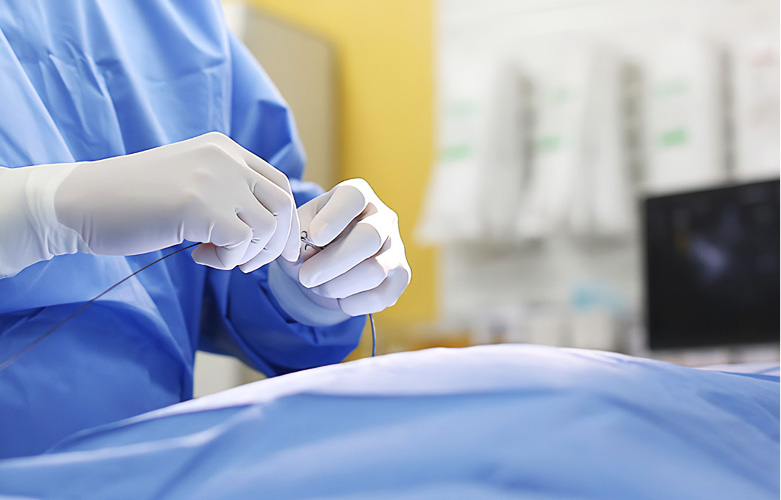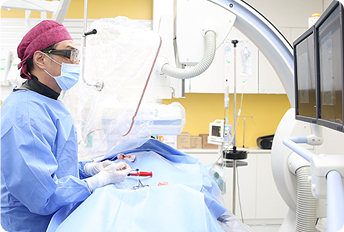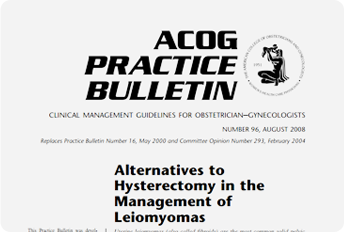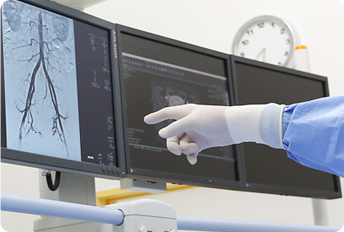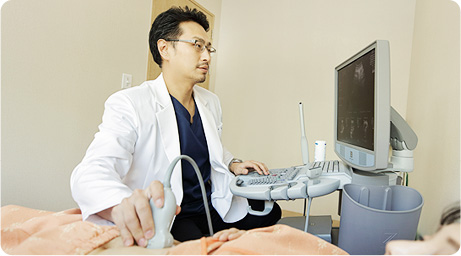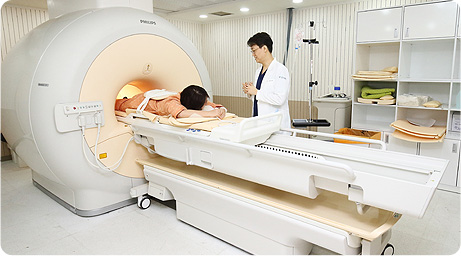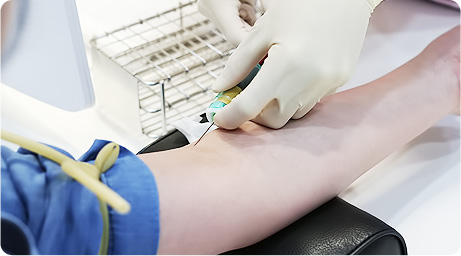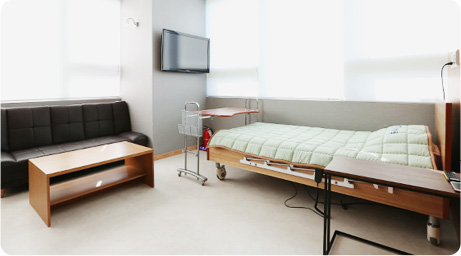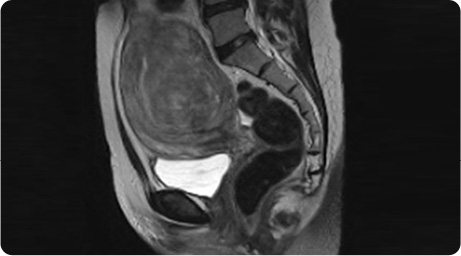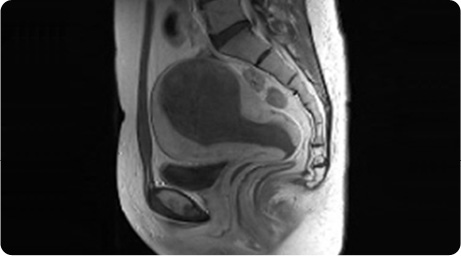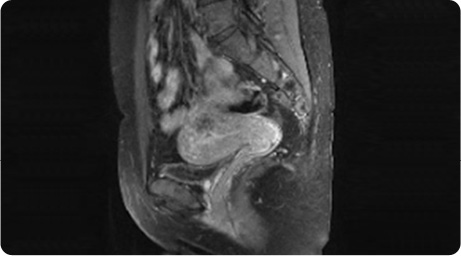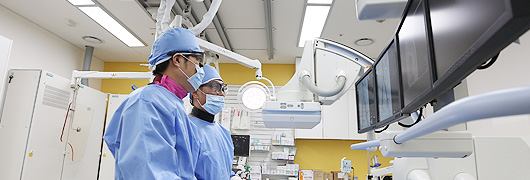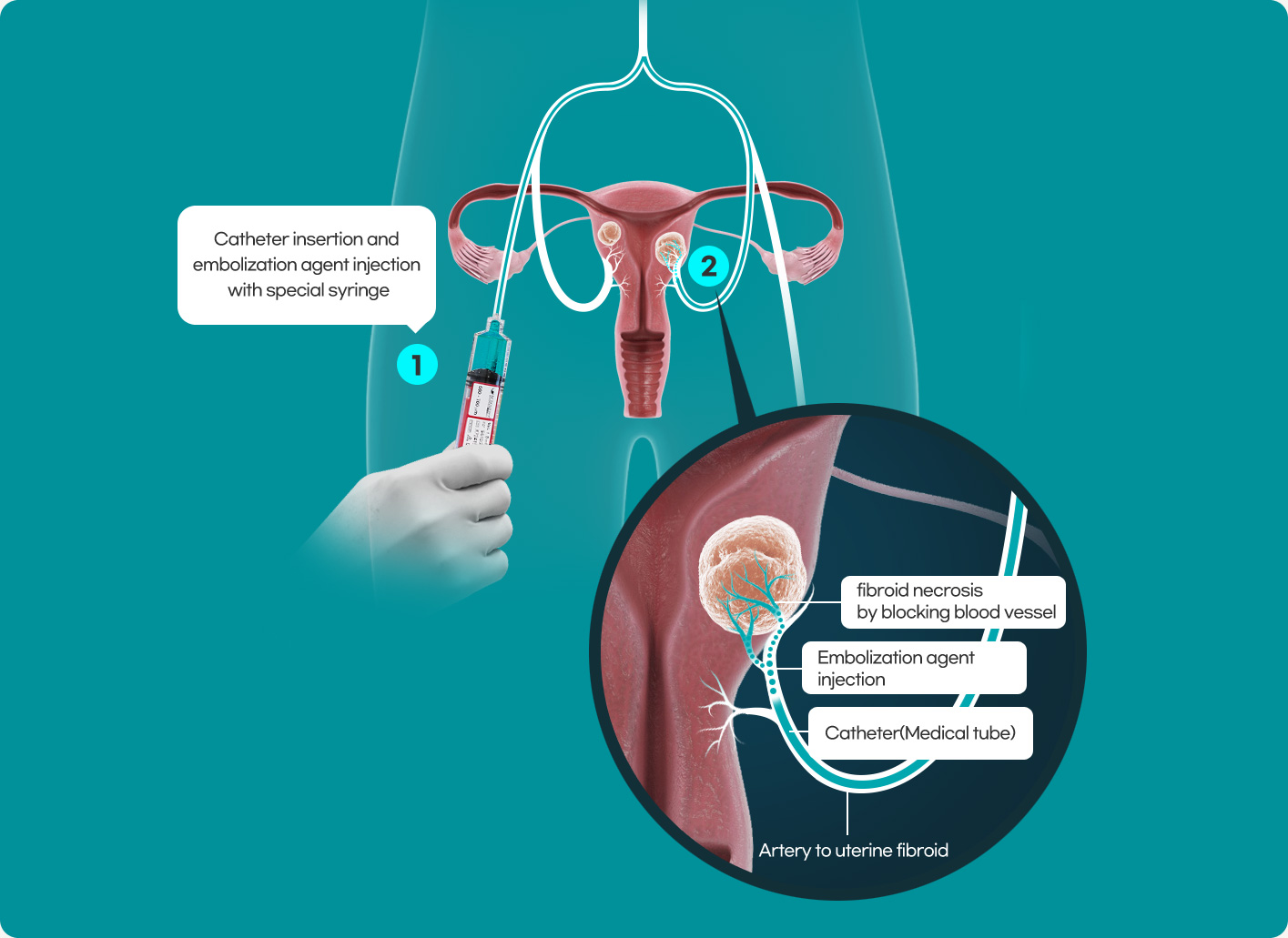
-
-
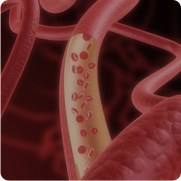
Intravascular treatment
with minimal incision -
It is an interventional (intravascular) treatment that approaches into the artery through a small opening of 2mm in the groin.
Whole treatment process is performed under real time monitoring of the uterus and surrounding blood vessels through angiography
(X-ray combined with contrast injection)
-
-
-

Uterus-preserving treatment
hat only kills fibroid -
It is a non-surgical treatment that induce necrosis by blocking artery to the myoma with a catheter
The uterus can be preserved and more natural treatment is possible sinces it does not physically resect the fibroid but induces necrosis by blocking the nutrient supplying channel(artery).
-
 KakaoTalk
KakaoTalk Blog
Blog Facebook
Facebook Instagram
Instagram YouTube
YouTube NaverTV
NaverTV Korean
Korean Chinese
Chinese Russian
Russian


 Reservation
Reservation
 Home
Home